Plastic blood bag was invented
In 1953, William P. Murphy, Jr., an American doctor working with colleague Carl Walter, developed the blood bag…
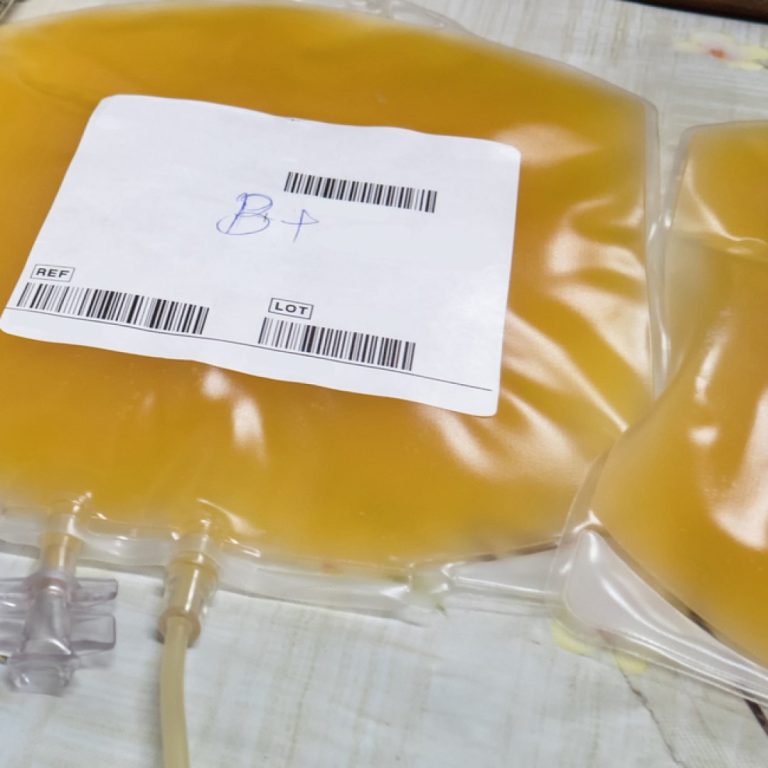
In 1953, William P. Murphy, Jr., an American doctor working with colleague Carl Walter, developed the blood bag…

In 1953, the U.S. Congress enacted the Factory Inspection Amendment which clarified previous law and required the U.S….
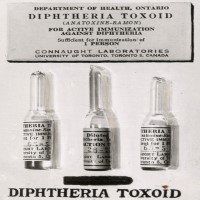
In 1953, tetanus and diphtheria toxoids (adult formulation) were first licensed in the U.S., after the concentration of…

In 1953, Yale established the first pharmacology department in the U.S. to focus on cancer chemotherapy and cancer…
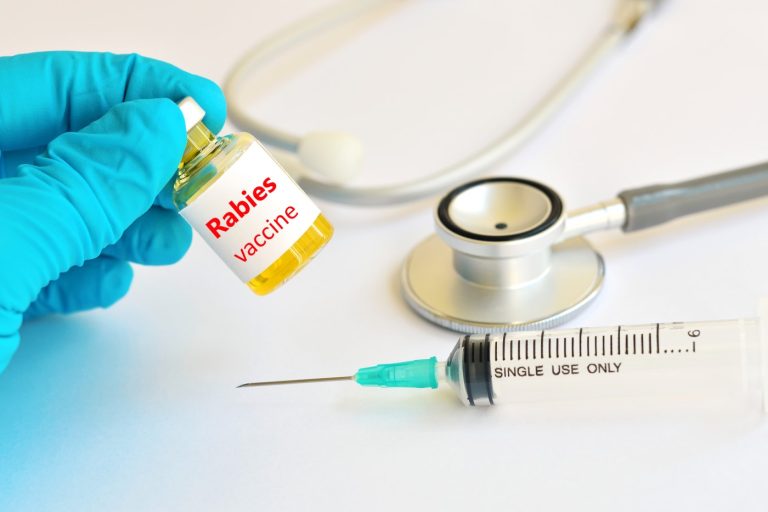
In 1953, the U.S. Centers for Disease Control and Prevention (CDC) reported the first transmission of rabies by…
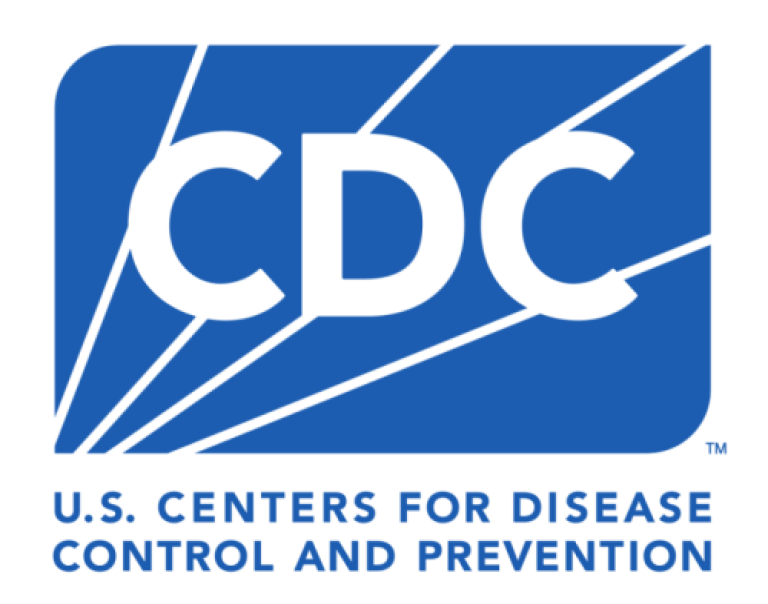
In 1953, national incidence reporting began in the U.S., with documented cases and operational data from each reporting…
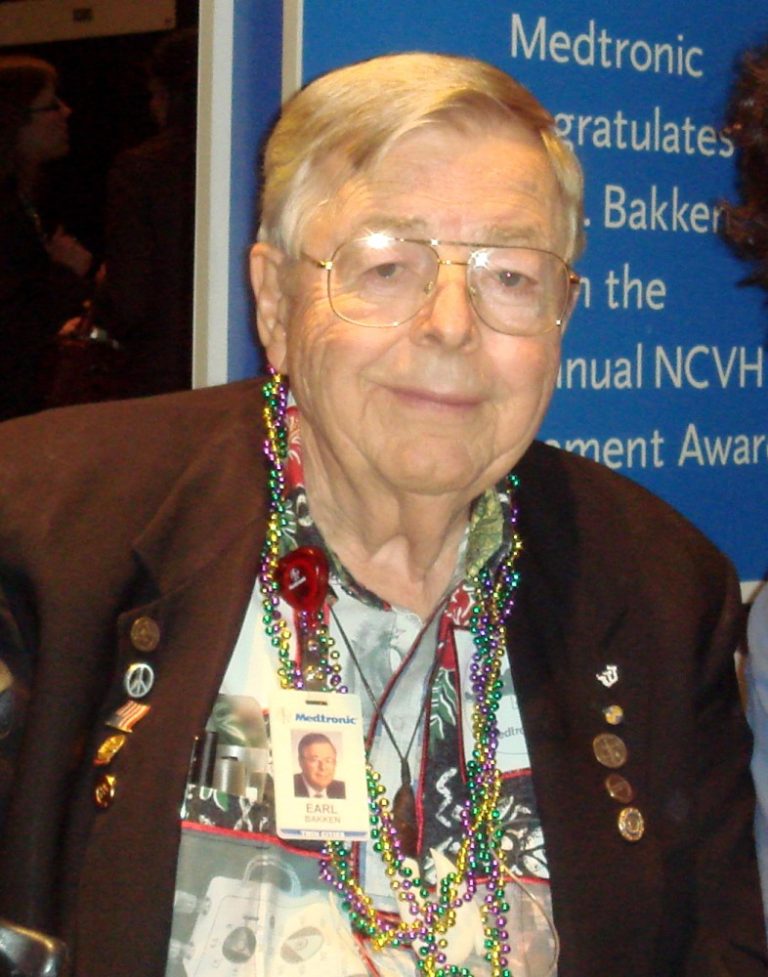
In 1953, Medtronic was founded as a medical equipment repair shop by Earl Bakken and his brother-in-law, Palmer…
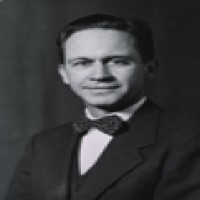
In 1953, Lewis L. Coriell worked with Camden City business and civic leaders to charter the South Jersey…
In 1953, Coriell Institute for Medical Research is an internationally known, non-profit, biomedical research institution headquartered in Camden,…

In 1953, Dr. Heinz E. Lehmann and Dr. G. Hanrahan of Montreal conducted the first clinical trial of…

In 1953, the General Assembly of South Carolina passed an act that authorized the development of a school…
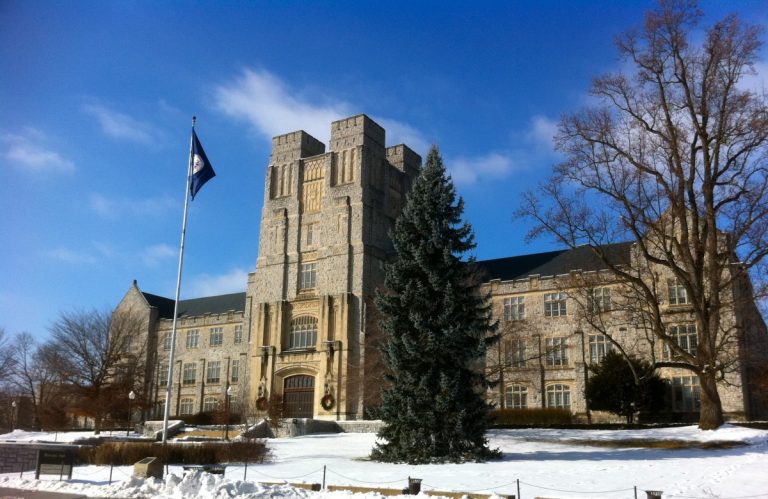
In 1953, Betty Delores Stough became the first woman to earn a Ph.D. at the Virginia Agricultural and…

In 1953, Quinton Instruments was founded by University of Washington biomedical engineer Wayne Quinton with the initial focus…

In 1957, the AABB formed a national blood clearinghouse to monitor the implementation of standards for blood banking….

In 1953, the Salk Institute for Biological Studies was founded in La Jolla, California. For more than a…
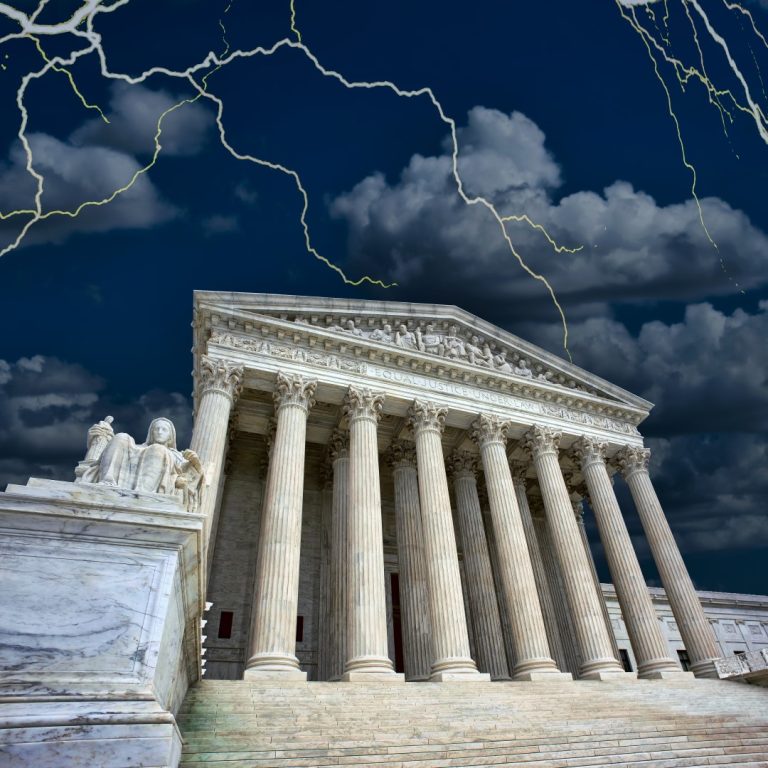
On Dec. 8, 1952, in U.S. v. Cardiff, the Supreme Court ruled that the factory inspection provision of…
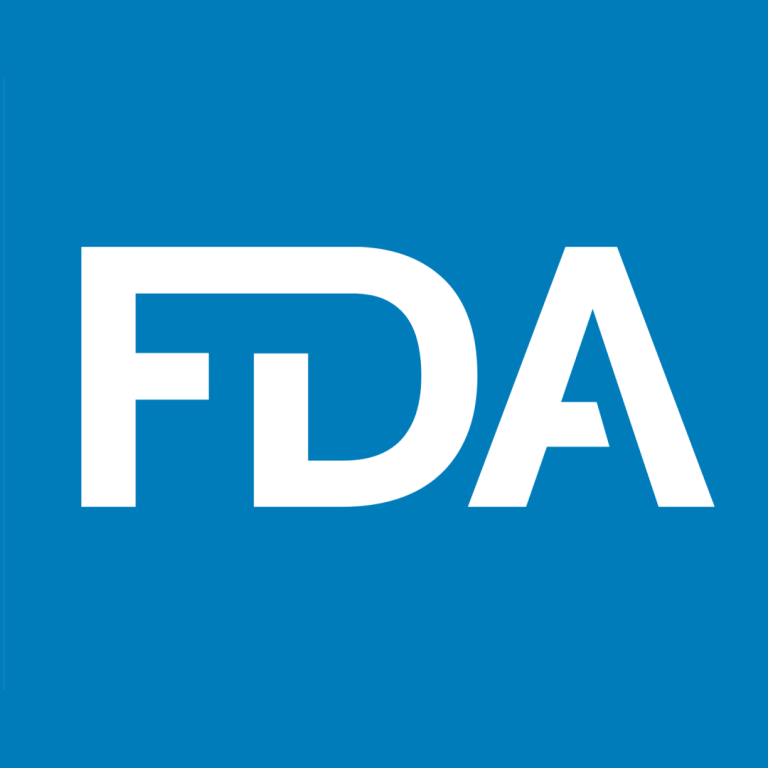
In November, 1952, U.S. Food and Drug Administration (FDA) consumer consultants were appointed in each field district to…
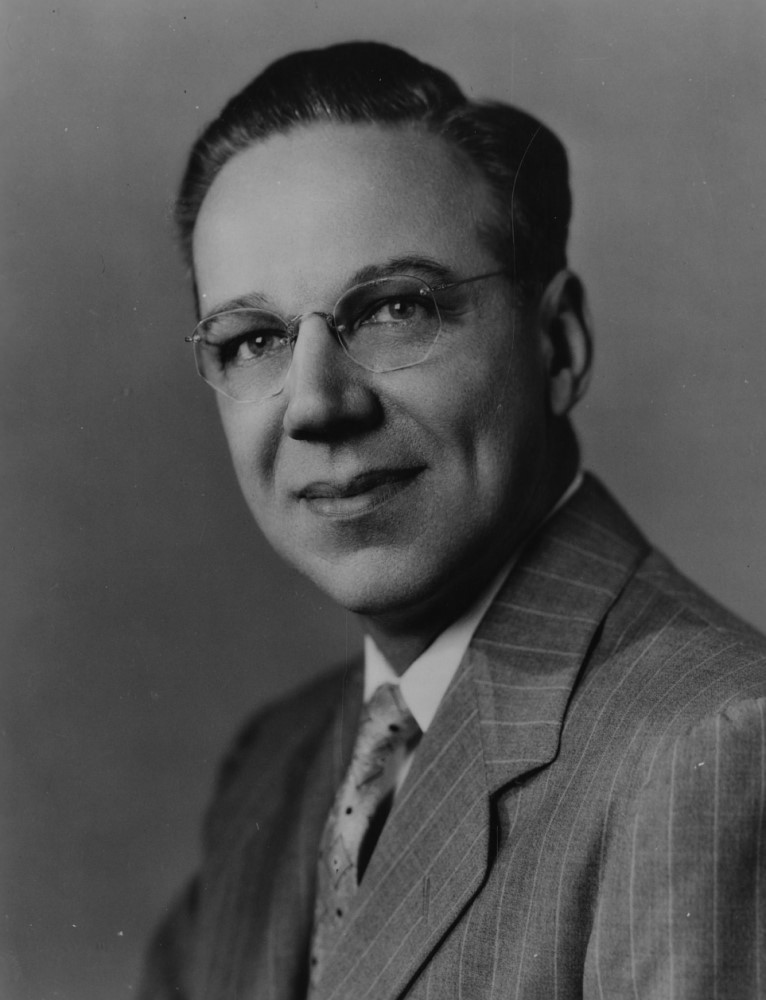
In Oct. 1952, Dr. William McDowall Hammon of the University of Pittsburgh Graduate School of Public Health published…
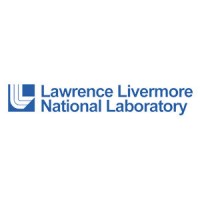
On Sept. 2, 1952, the University of California Radiation Laboratory, now known as the Lawrence Livermore National Laboratory…
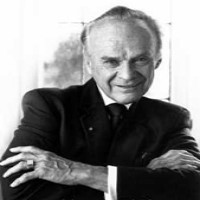
On Sept. 2, 1952, Dr. C. Walton Lillehei professor of surgery at the University of Minnesota, and colleague…
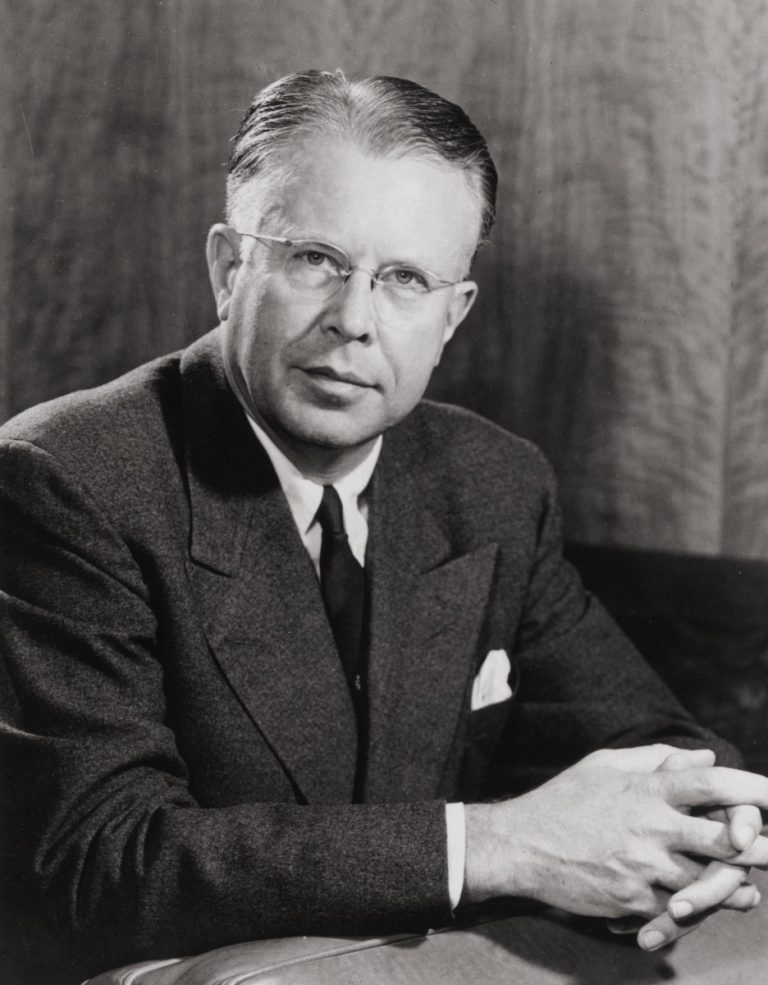
On Aug. 26, 1952, Founders Day marks the date that Ernest Lawrence received permission to open up a…

On Jul. 16, 1952, a heat-phenol inactivated typhoid vaccine by Wyeth was licensed by the U.S. Food and…
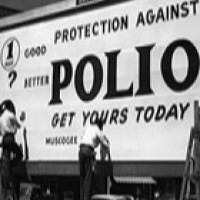
Jul. 2, 1952, Dr. Jonas Salk first innoculated children at the D. T. Watson Home for Crippled Children…
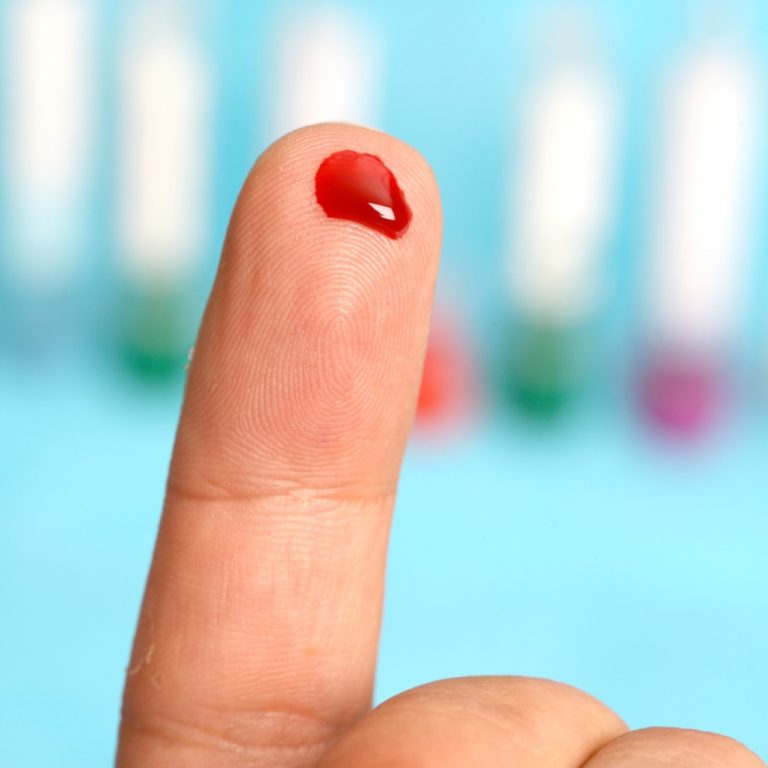
On Jun. 12, 1952, Dr. Jonas Salk went to the D. T. Watson Home for Crippled Children (now…
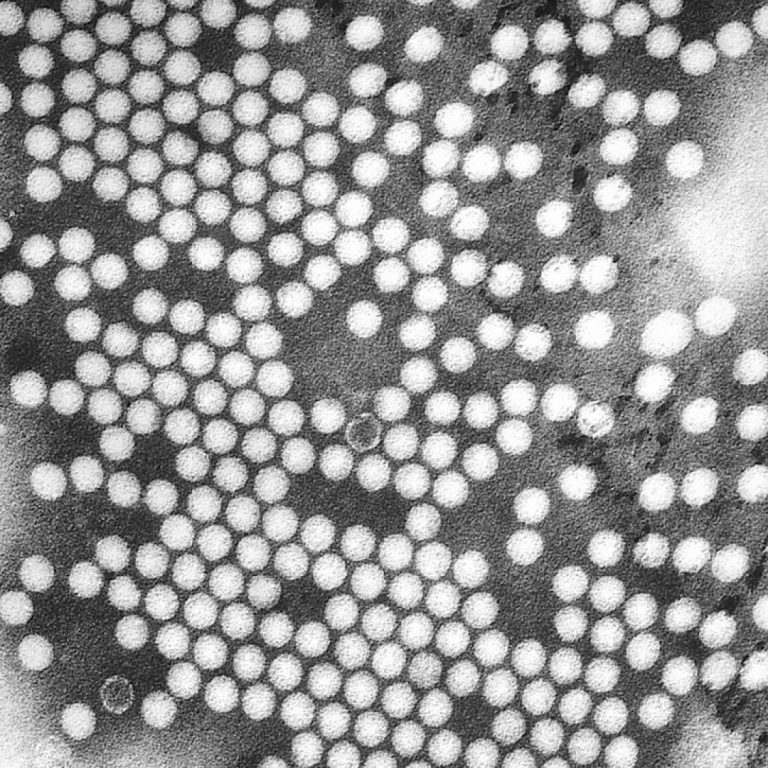
In Jun. and Jul. of 1952, Dr. William Hammon continued with his gamma globulin Polio vaccine field trials…

Since 1952, global influenza surveillance has been conducted through WHO’s Global Influenza Surveillance and Response System (GISRS). The…
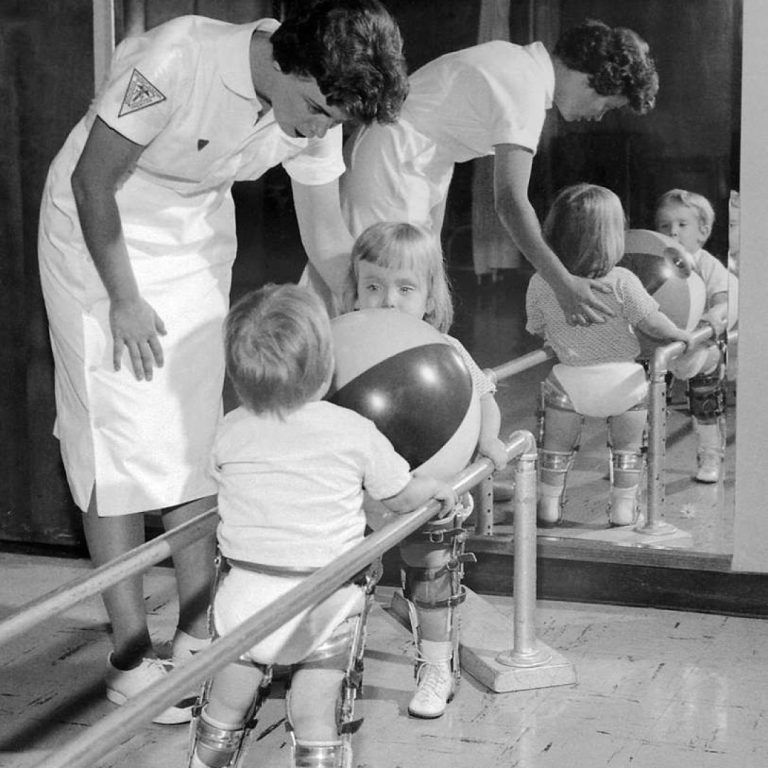
In September 1952, Dr. William Hammon conducted the first placebo-controlled field trial of gamma globulin that, in just…

In 1952, Dr.Wilfred Bigelow used induced hypothermia to perform the first open-heart operation on a human.

In 1952, Dr. Jonas Salk and his team found monkey kidney tissue to be the most fertile environment…

In 1952, the first The Medical College of Virginia Ph.D. degree was awarded. (Pharmacology).